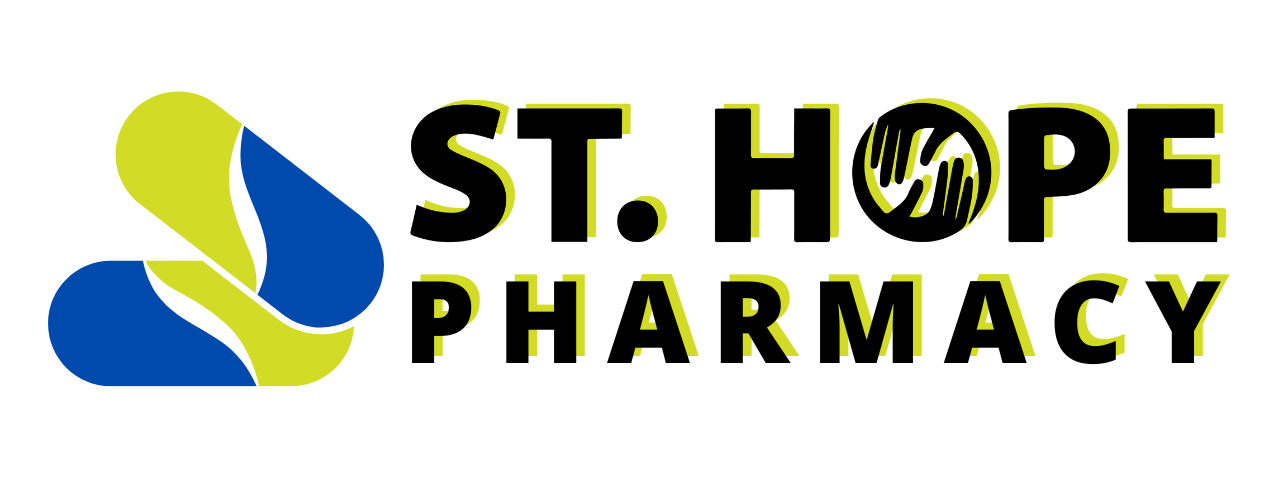How Are Drug Side Effects Documented?

Documenting drug side effects is a key part of the drug development and testing process. This meticulous work begins long before a drug hits the market and continues even after it becomes widely available.
The Drug Trial Process and Documentation of Side Effects
The documentation of drug side effects begins during the clinical trial phase. Clinical trials are conducted in several phases, each designed to answer specific questions about a new drug’s safety and effectiveness. Throughout these trials, researchers carefully monitor participants for any adverse effects.
- Phase I Trials: The first phase involves a small group of healthy volunteers, usually between 20 and 100 people. The primary goal at this stage is to determine the drug’s safety, dosage range and how it is metabolized in the body. Any side effects observed are recorded, even if they are minor.
- Phase II Trials: If the drug passes Phase I, it moves on to Phase II, where it is given to a larger group of people (typically several hundred) who have the condition the drug is meant to treat. Researchers continue to monitor for side effects and begin to gather data on the drug’s effectiveness.
- Phase III Trials: In this phase, the drug is tested on a much larger group of participants (several thousand) to confirm its effectiveness, monitor side effects and compare it to commonly used treatments. This is where most side effects are identified, as the larger and more diverse participant pool increases the likelihood of detecting rare or long-term side effects.
Standardization of Documenting Side Effects
There is no specific percentage of trial participants who must exhibit a side effect before it is considered significant; however, the frequency and severity of side effects are both critical factors. The documentation process involves categorizing side effects based on their occurrence:
- Common Side Effects:
These are side effects that occur in more than 1 in 100 participants (one percent or more). They are often listed on the drug’s label.
- Uncommon Side Effects: These affect 1 in 1,000 to 1 in 100 participants (0.1 percent to one percent).
- Rare Side Effects: These occur in less than 1 in 100 participants but are still noted if they occur consistently (less than 0.1 percent).
For a side effect to be listed as a known side effect, it generally must occur in a statistically significant portion of trial participants, although there is no rigid threshold. The decision is based on clinical judgment and the risk-benefit ratio of the drug itself.
When Are Clinical Trials Stopped?
In some cases, clinical trials are halted if a drug is found to cause severe or life-threatening side effects. This is known as an interim analysis, where the trial data is reviewed before its scheduled completion. If the risks are deemed to outweigh the potential benefits, the trial may be stopped immediately to protect the participants.
- Serious Adverse Events (SAEs): These include life-threatening reactions, hospitalizations or death. If SAEs are detected, the trial sponsor and regulatory bodies like the FDA may decide to pause or stop the trial.
- Data Safety Monitoring Board (DSMB): An independent group of experts monitors participant safety during the trial. If the DSMB identifies a pattern of serious side effects, they may recommend stopping the trial.
Reporting Side Effects After a Drug Is Marketed
Even after a drug is approved and available to the public, the process of documenting side effects continues. This is known as post-market surveillance. Healthcare providers, pharmacists and patients can report any adverse effects to regulatory agencies like the FDA through systems like the FDA Adverse Event Reporting System (FAERS).
How to Report Side Effects
- Contact Your Healthcare Provider:
Inform your doctor or pharmacist about any side effects you experience. They can assess whether the side effect is related to the medication and decide whether to adjust your treatment plan.
- Report to Regulatory Agencies: In the United States, you can report side effects directly to the FDA through their MedWatch program. This can be done online, by phone or by submitting a paper form.
- Pharmaceutical Companies: Many drug manufacturers also have hotlines or websites where you can report adverse effects directly.
The Importance of Transparency with Your Healthcare Provider
You should always be open and honest with your healthcare provider about your medication experience and any side effects that arise. Accurate reporting helps ensure your safety and contributes to the larger pool of data that healthcare professionals and regulatory bodies use to monitor drug safety.
When you share your experience, you’re not only helping yourself but you’re also helping others. This can lead to updates in drug labels, safety warnings or even drug recalls.
Are You Experiencing Side Effects From Your Medication? Our Houston, TX Pharmacists Are Here for You!
If you’re experiencing side effects from your medication or have concerns about your treatment, don’t hesitate to contact the professionals at St. Hope Pharmacy. Your health and well-being are our top priorities.
Reach out to us today here on our website or give us a call at (713) 778-1300 for more information.


